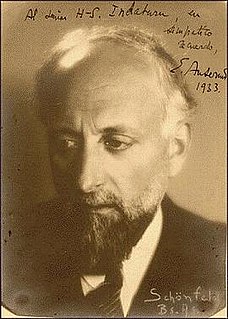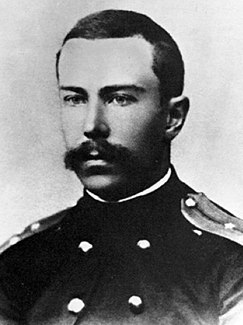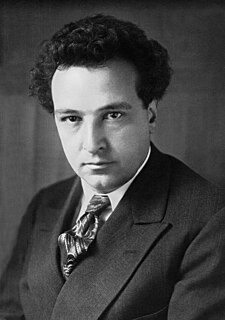Concerto for seven wind instruments, timpani, percussion, and string orchestra (published as Concerto pour sept instruments à vent, timbales, batterie et orchestre à cordes) is a composition by the Swiss composer Frank Martin.

Switzerland, officially the Swiss Confederation, is a country situated in western, central and southern Europe. It consists of 26 cantons, and the city of Bern is the seat of the federal authorities. The sovereign state is a federal republic bordered by Italy to the south, France to the west, Germany to the north, and Austria and Liechtenstein to the east. Switzerland is a landlocked country geographically divided between the Alps, the Swiss Plateau and the Jura, spanning a total area of 41,285 km2 (15,940 sq mi). While the Alps occupy the greater part of the territory, the Swiss population of approximately 8.5 million people is concentrated mostly on the plateau, where the largest cities are to be found: among them are the two global cities and economic centres Zürich and Geneva.

Frank Martin was a Swiss composer, who lived a large part of his life in the Netherlands.
Composed in 1949 for the Bern Musikgesellschaft, the first movement, Allegro, opens with the string players only, with the percussion only gradually coming to the forefront. The haunting second movement Adagietto is marked "mysterious and elegant", and is hallmarked by an ostinato figure on the strings, initially pizzicato before being taken up by the ensemble. Martin himself characterised the slow movement as being:

Bern or Berne is the de facto capital of Switzerland, referred to by the Swiss as their Bundesstadt, or "federal city". With a population of 142,493, Bern is the fifth-most populous city in Switzerland. The Bern agglomeration, which includes 36 municipalities, had a population of 406,900 in 2014. The metropolitan area had a population of 660,000 in 2000. Bern is also the capital of the canton of Bern, the second-most populous of Switzerland's cantons.
based entirely on a steady two-time beat, which serves as an accompaniment to the melodic elements: sometimes serene, sometimes dark and violent. A lyrical phrase first heard in the bassoon's upper register is repeated by the trombone with a gentle nobility at the conclusion. [1]
The conductor Ernest Ansermet remarked that this movement called to mind an aria of Bach while at the same time seeming quite modern. [2] The Allegro vivace finale features a series of solos, effectively a sonata rondo before the coda for full orchestra. [3]

Ernest Alexandre Ansermet was a Swiss conductor.
The Concerto, along with his Petite Symphonie Concertante , has proved to be one of Martin's most enduring works, having been recorded several times since its premiere at Bern under the German conductor Luc Balmer in October 1949. [4] The work lasts for about twenty minutes: in the recordings below, Ernest Ansermet conducts it in under 19' whilst Matthias Bamert takes almost 22'.










